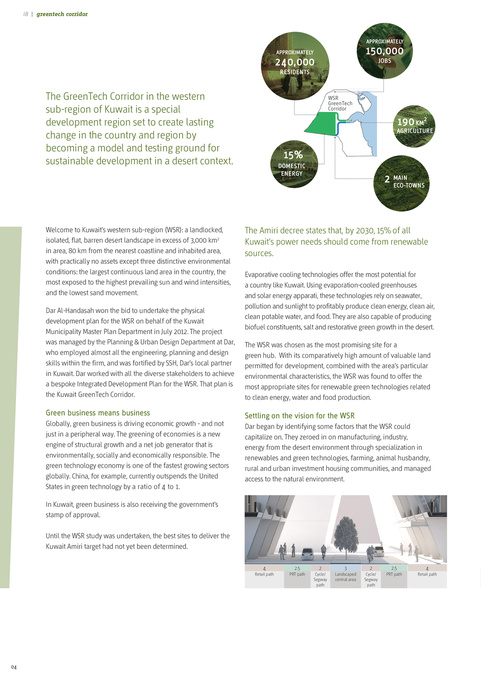- Page 1
- Page 2
- Page 3
- Page 4
- Page 5
- Page 6
- Page 7
- Page 8
- Page 9
- Page 10
- Page 11
- Page 12
- Page 13
- Page 14
- Page 15
- Page 16
- Page 17
- Page 18
- Page 19
- Page 20
- Page 21
- Page 22
- Page 23
- Page 24
- Page 25
- Page 26
- Page 27
- Page 28
- Page 29
- Page 30
- Page 31
- Page 32
- Page 33
- Page 34
- Page 35
- Page 36
- Page 37
- Page 38
- Page 39
- Page 40
- Page 41
- Page 42
- Page 43
- Page 44
- Page 45
- Page 46
- Page 47
- Page 48
- Page 49
- Page 50
- Page 51
- Page 52
- Page 53
- Page 54
- Page 55
- Page 56
- Page 57
- Page 58
- Page 59
- Page 60
- Page 61
- Page 62
- Page 63
- Page 64
- Flash version
© UniFlip.com
- Page 2
- Page 3
- Page 4
- Page 5
- Page 6
- Page 7
- Page 8
- Page 9
- Page 10
- Page 11
- Page 12
- Page 13
- Page 14
- Page 15
- Page 16
- Page 17
- Page 18
- Page 19
- Page 20
- Page 21
- Page 22
- Page 23
- Page 24
- Page 25
- Page 26
- Page 27
- Page 28
- Page 29
- Page 30
- Page 31
- Page 32
- Page 33
- Page 34
- Page 35
- Page 36
- Page 37
- Page 38
- Page 39
- Page 40
- Page 41
- Page 42
- Page 43
- Page 44
- Page 45
- Page 46
- Page 47
- Page 48
- Page 49
- Page 50
- Page 51
- Page 52
- Page 53
- Page 54
- Page 55
- Page 56
- Page 57
- Page 58
- Page 59
- Page 60
- Page 61
- Page 62
- Page 63
- Page 64
- Flash version
© UniFlip.com

i8 | greentech corridor
240,000
RESIDENTS
APPROXIMATELY
150,000
JOBS
APPROXIMATELY
The GreenTech Corridor in the western sub-region of Kuwait is a special development region set to create lasting change in the country and region by becoming a model and testing ground for sustainable development in a desert context.
WSR GreenTech Corridor
KUWAIT CITY
AGRICULTURE
190 KM2
15%
DOMESTIC ENERGY
N 0 10 km
2 MAIN ECO-TOWNS
Welcome to Kuwait’s western sub-region (WSR): a landlocked, isolated, flat, barren desert landscape in excess of 3,000 km2 in area, 80 km from the nearest coastline and inhabited area, with practically no assets except three distinctive environmental conditions: the largest continuous land area in the country, the most exposed to the highest prevailing sun and wind intensities, and the lowest sand movement. Dar Al-Handasah won the bid to undertake the physical development plan for the WSR on behalf of the Kuwait Municipality Master Plan Department in July 2012. The project was managed by the Planning & Urban Design Department at Dar, who employed almost all the engineering, planning and design skills within the firm, and was fortified by SSH, Dar’s local partner in Kuwait. Dar worked with all the diverse stakeholders to achieve a bespoke Integrated Development Plan for the WSR. That plan is the Kuwait GreenTech Corridor.
The Amiri decree states that, by 2030, 15% of all Kuwait’s power needs should come from renewable sources.
Evaporative cooling technologies offer the most potential for a country like Kuwait. Using evaporation-cooled greenhouses and solar energy apparati, these technologies rely on seawater, pollution and sunlight to profitably produce clean energy, clean air, clean potable water, and food. They are also capable of producing biofuel constituents, salt and restorative green growth in the desert. The WSR was chosen as the most promising site for a green hub. With its comparatively high amount of valuable land permitted for development, combined with the area’s particular environmental characteristics, the WSR was found to offer the most appropriate sites for renewable green technologies related to clean energy, water and food production.
Green business means business
Globally, green business is driving economic growth - and not just in a peripheral way. The greening of economies is a new engine of structural growth and a net job generator that is environmentally, socially and economically responsible. The green technology economy is one of the fastest growing sectors globally. China, for example, currently outspends the United States in green technology by a ratio of 4 to 1. In Kuwait, green business is also receiving the government’s stamp of approval. Until the WSR study was undertaken, the best sites to deliver the Kuwait Amiri target had not yet been determined.
Settling on the vision for the WSR
Dar began by identifying some factors that the WSR could capitalize on. They zeroed in on manufacturing, industry, energy from the desert environment through specialization in renewables and green technologies, farming, animal husbandry, rural and urban investment housing communities, and managed access to the natural environment.
4
Retail path
2.5
PRT path
2
Cycle/ Segway path
3
Landscaped central area
2
Cycle/ Segway path
2.5
PRT path
4
Retail path
04